RECOMMENDED VIDEOS

HMX-PCU-F: fresh air pre-cooling
A.T.E. Enterprises Private Limited

Pitched tile and tin roof solar panel mounting
keystone solar energy

Trina Solar : Full Range Of Solar Modules by Trina Solar
Trina Solar (Singapore) Pte Ltd

Anacle Systems : Starlight Energy Monitoring Systems
Anacle Systems Sdn Bhd

Perfect Combustion : Low-emission Boiler and Burner Products
Perfect Combustion Sdn Bhd
Related Stories
The largest solar farm apiary in the US opens this week
The City of London will be powered with 100% renewable energy by October 2018
New study suggests that plastic waste may be transformed into usable energy
Uravu’s zero-electricity Aqua Panels produce gallons of water from thin air
104% of Portugal’s electricity consumption in March came from renewable energy
30 Nov, 2017
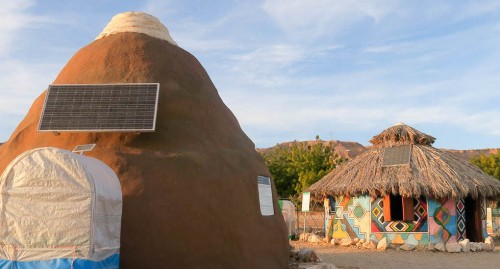
Off-grid village with game-changing green solutions blooms in the Middle East
Renewable Energy & Energy Efficiency | ISRAEL | 27 Oct, 2017
Published by : Eco Media Asia
An oasis for clean-tech solutions has bloomed in an unexpected place—the arid Negev desert. Located at Israel’s Kibbutz Ketura north of the Red Sea, the Off-Grid Demonstration Village is a hot bed for game-changing off-grid solutions that aim to improve the lives of people outside the grid and to provide a testing ground for eco-minded companies. Rapidly deployable housing, low-cost renewable energy systems, and experimental technologies flourish in this factory of ideas for a greener tomorrow.
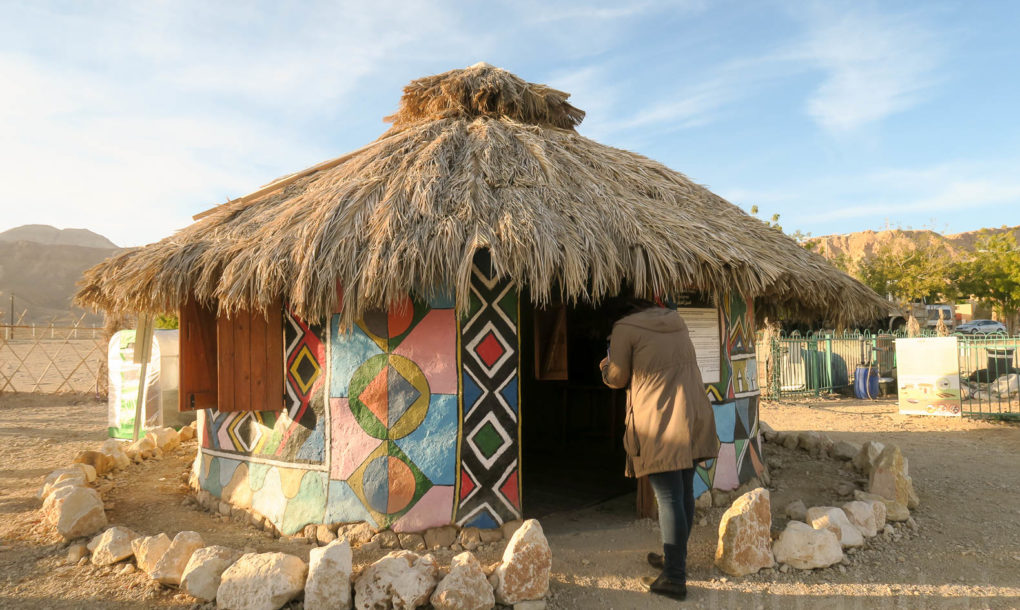
The availability of off-grid technologies has improved in recent years as the price of solar continues to fall and as research and development chugs along. But for the millions of people in developing and emerging countries who are disconnected from the national water and energy grids, the research has not yet kept up with demand. That’s why the non-profit Arava Institute for Environmental Studies and the Eilat-Eilot Renewable Energy Initiative teamed up to launch the Off-Grid Demonstration Village (also known as the Eilat-Eilot Off Grid Hub) in 2014. The fairly remote and spartan desert with its temperature extremes provides a fitting environment for the village as a place of experimentation to test technologies designed for hard-to-reach, undeveloped areas around the world.
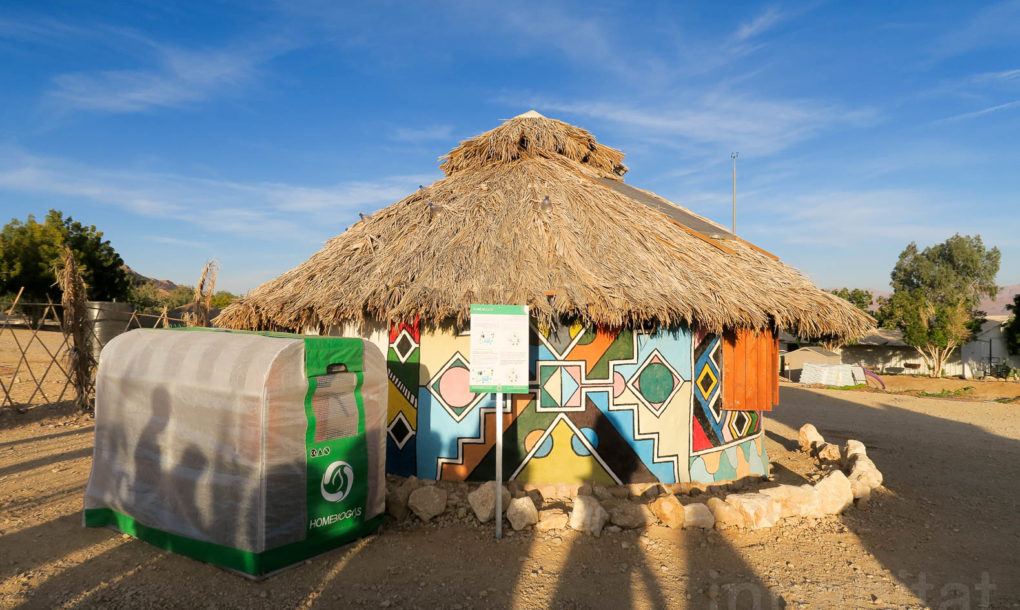
“Living off-grid has a direct impact on quality of life and health and it is the most prominent indicator of the global injustice in the distribution of resources,” writes the Eilat-Eilot Renewable Energy Initiative. “In most of these cases, there is no future prospect of obtaining traditional grid connectivity. Consequently, there is a dire need to implement solid strategies and tools to deal with the implications of living off-grid.” The initiative and Arava Institute work directly with African communities and Bedouin communities in Israel to test out the viability and sustainability of these off-grid technologies. Individuals, companies, and governments from around the world visit the Off-Grid Demonstration Village to learn how they can bring these technologies back to their home country.
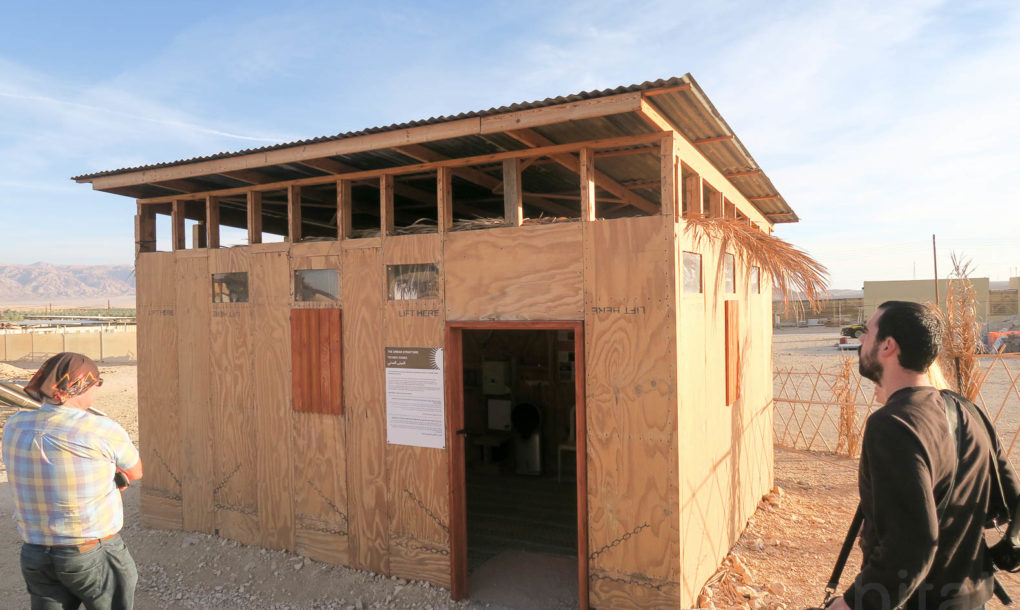
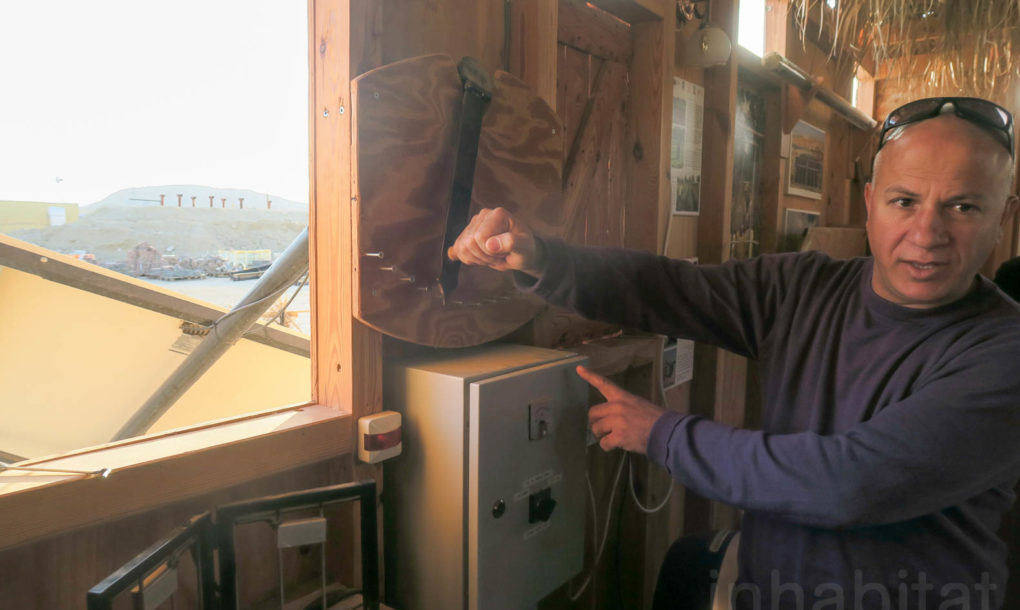
The products and technologies currently showcased at the village fall under four main categories—buildings, energy, water, and food. The village currently comprises three demo buildings—a rural home, urban structure, and earthbag dome—each host to different off-grid products as well as large-scale technologies like the solar water desalination system by SunDwater; more buildings are planned for the village in the future. Each building is based on existing building types found in off-grid communities and can be built inexpensively with locally found materials. The innovations lie in the easy-to-implement improvements to these types of houses, such as the addition or solar stoves or a biogassystem to substitute fuel for cooking and heating to reduce pollution, risk of asthma, and the taxing labor of collecting wood for fuel.
Rural Home
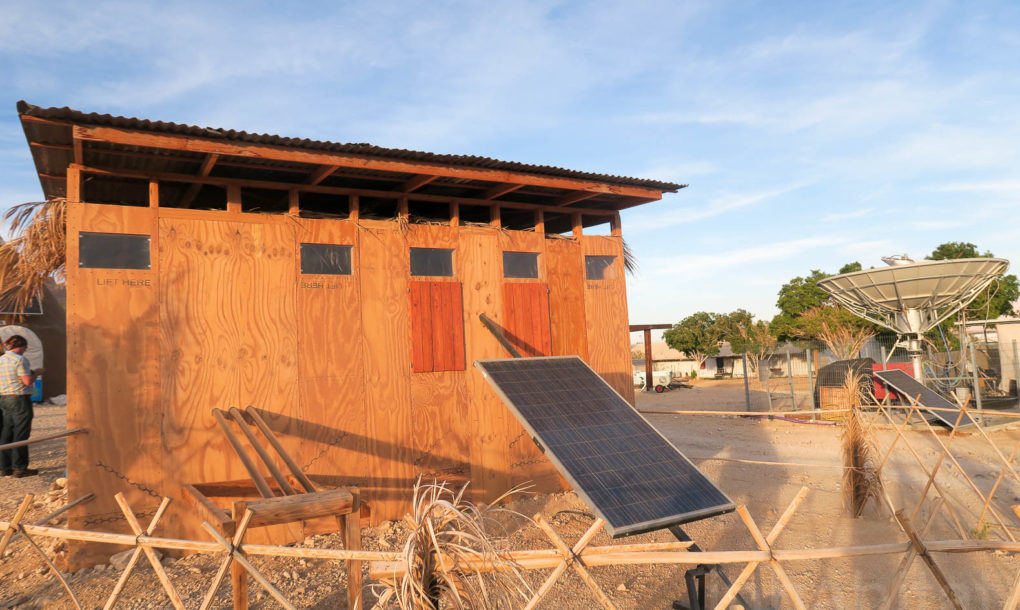
Modeled on traditional and existing designs found in rural developing regions, the rural home is a round building topped with a thatched roof. The simple construction of grass, earth, and stone makes it easy and affordable to build. While the traditional rural structure is sufficient in providing shelter, the designer who worked on the project added a pagoda-shaped dome above the roof and inserted more openings to let in more natural light and improve ventilation for hot air and smoke to escape. Plastic bottles filled with purified water and bleach punctuate the thatched roof to serve as low-tech light bulbs that can reach up to 40 or even 60 watts. The backing of the rooftop solar panel was also removed to let in more natural light. A backyard biogas system, called HOMEBIOGAS, sits outside the home to convert household waste into energy and organic fertilizer.
Urban Structure
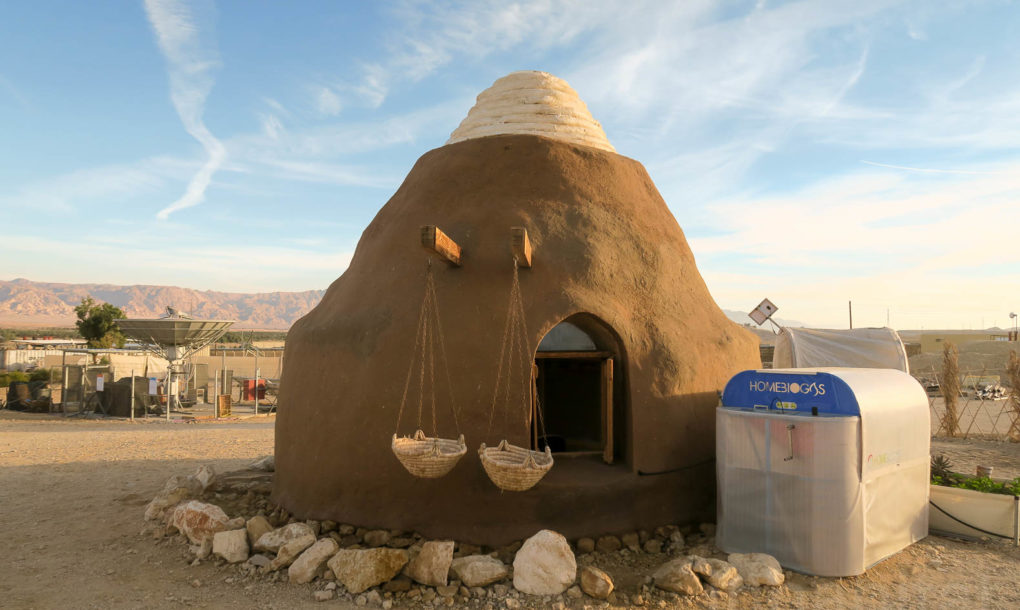
The urban structure is the largest of the three demonstration homes and is based on buildings found in informal urban settlements like slums. Built easily and inexpensively, this boxy communal building can suit a variety of needs such as a primary school building. The urban structure was built from plywood, a cheap and commonly found construction material, but the designers improved upon the traditional design by adding an insulating layer made from simple materials like straw or unprocessed sheep wool. Ventilation is also improved with the inclusion of a double roof: the first roof of palm leaves allows for natural ventilation and cooling, whereas the upper metal roof protects the structure from rain. The backyard includes an adjustable solar panel hooked up to a monitoring system so that users inside can adjust the position of the solar panel to maximize energy efficiency. A vacuum tube solar oven on display on the south side of the structure features insulated inner tubes that absorb solar energy to heat up food or water placed in the tubes to boiling temperatures.
Earthbag Dome
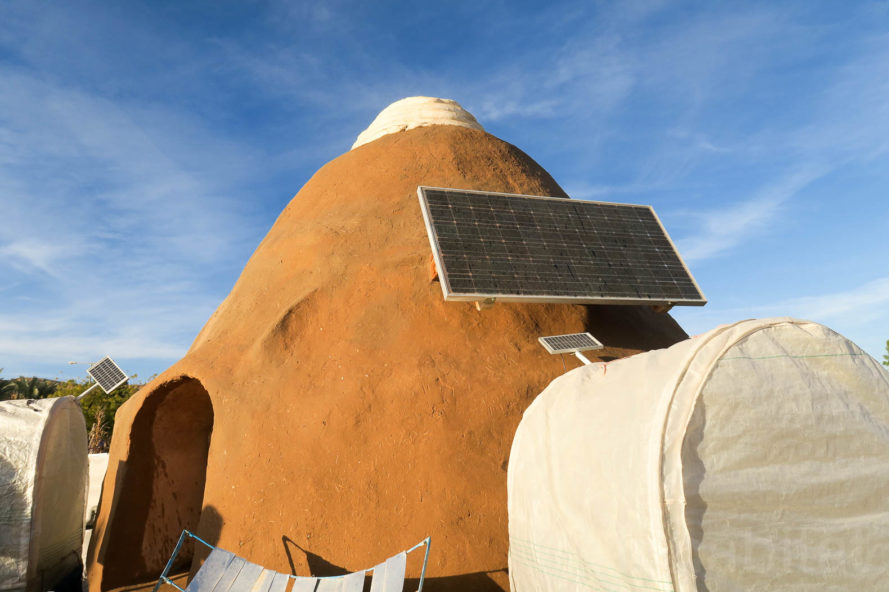
The earthbag dome house was constructed using methods developed by Iranian-born American architect Nader Khalili in the 1980s. The building was cheaply and quickly constructed with sacks of soil, called ‘earthbags,’ to create a stable and thermally balanced structure with no need for deep foundations. Since the roof was built as part of the dome, the builders don’t need to construct beams or a separate support system. To improve insulation, the designers built the earthbag dome with two layers: a thermal mass layer of compacted sacks of soil and an external insulating layer made from straw and soil.
The Off-Grid Demonstration Village serves as a crucial step of validation between the research and development phase and implementation in developing countries. This testing ground encourages startups and larger companies to experiment with new ideas and gives them a space to demonstrate their products to potential investors, educators, and other innovators. Open to visitors, this inspiring village hidden away in an unlikely place in the desert is part of a greater aim to tackle world poverty by improving the quality of life for the millions who live off grid, one clean tech solution at a time.
Article from inhabitat.com
by Lucy Wang
